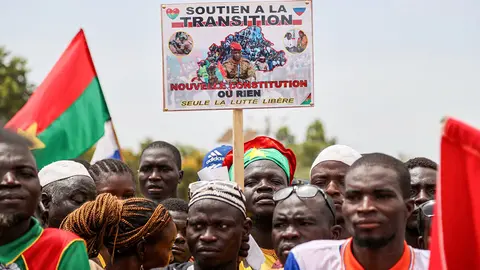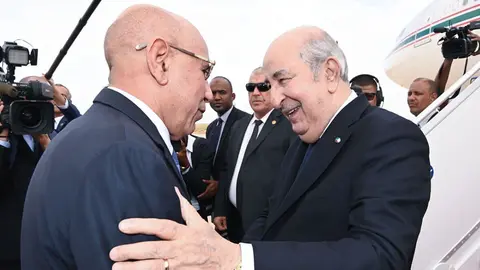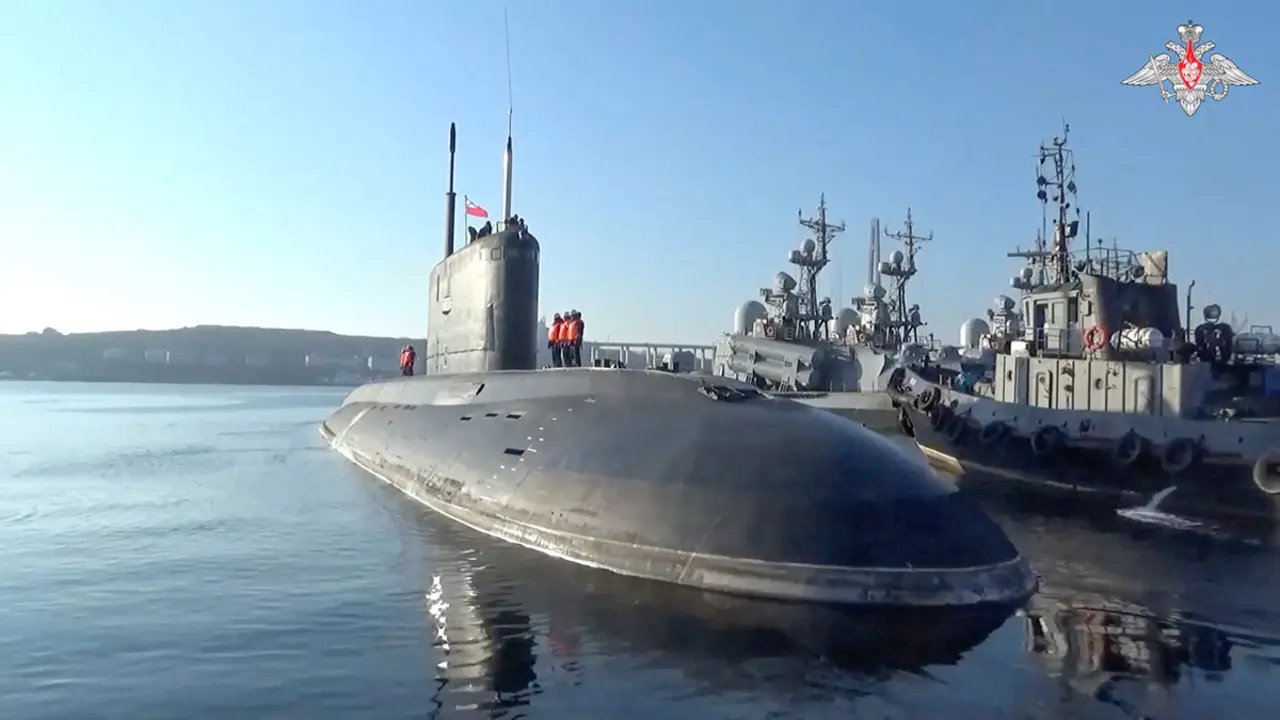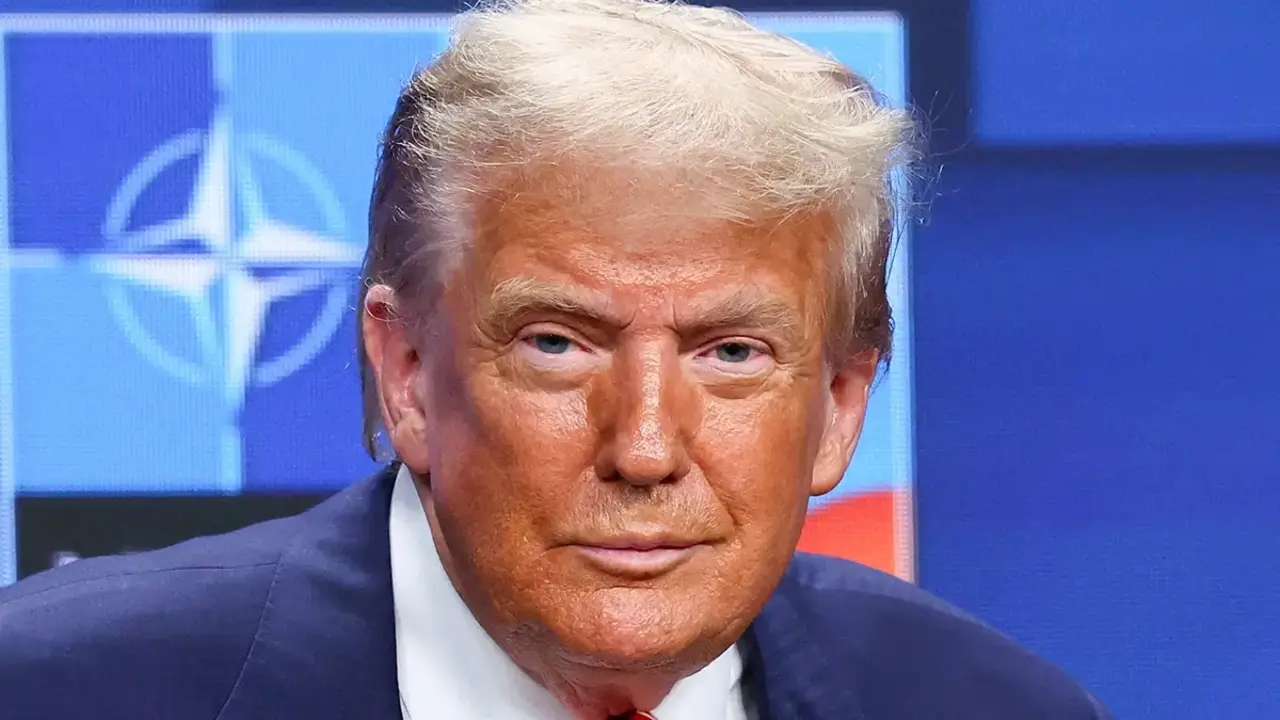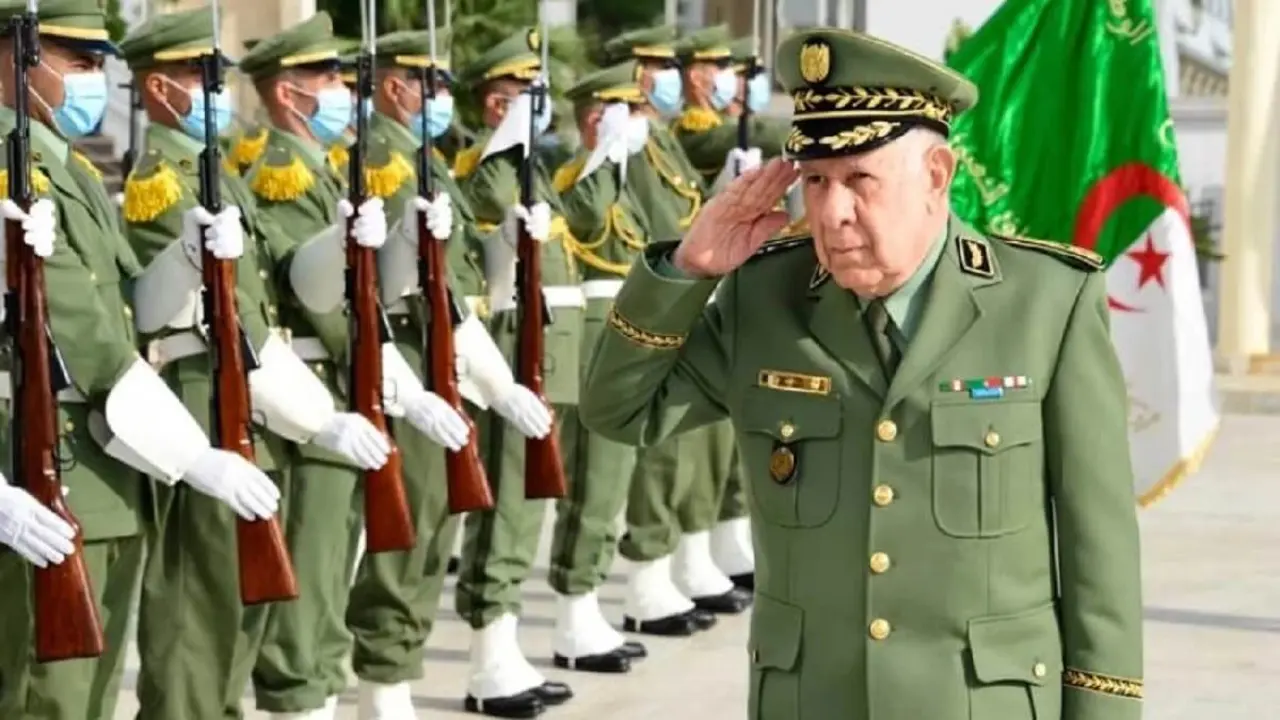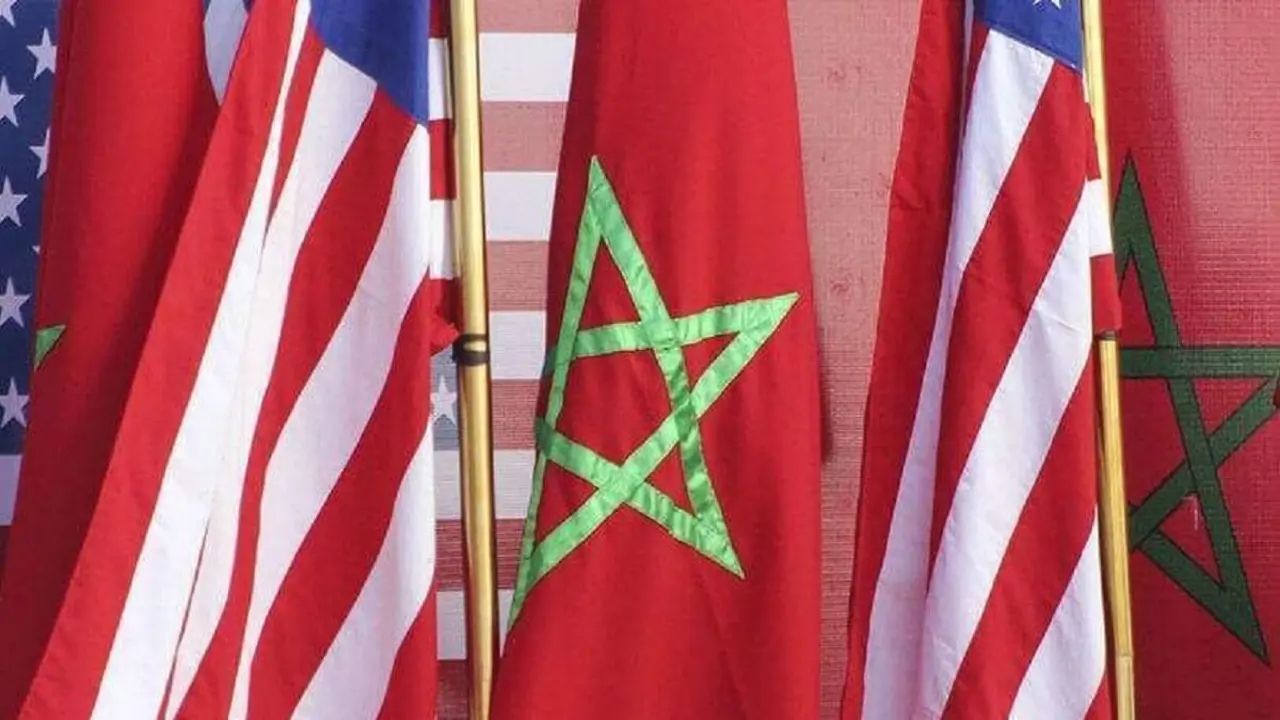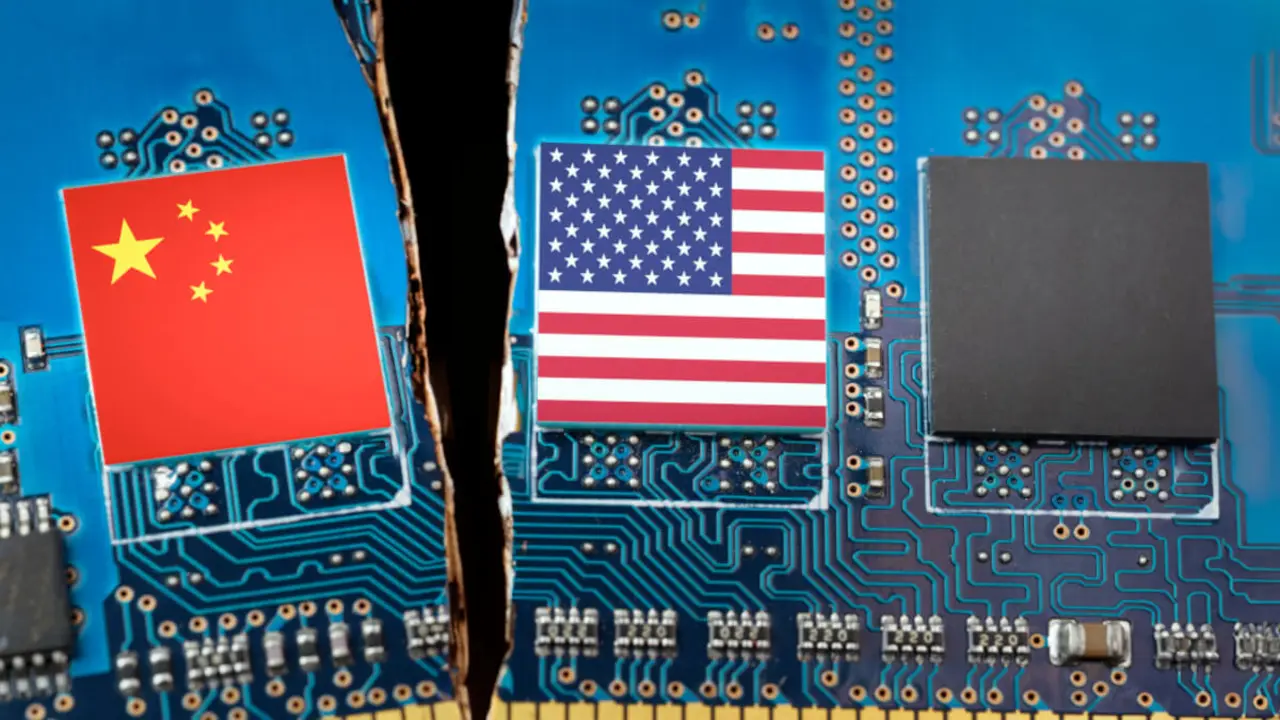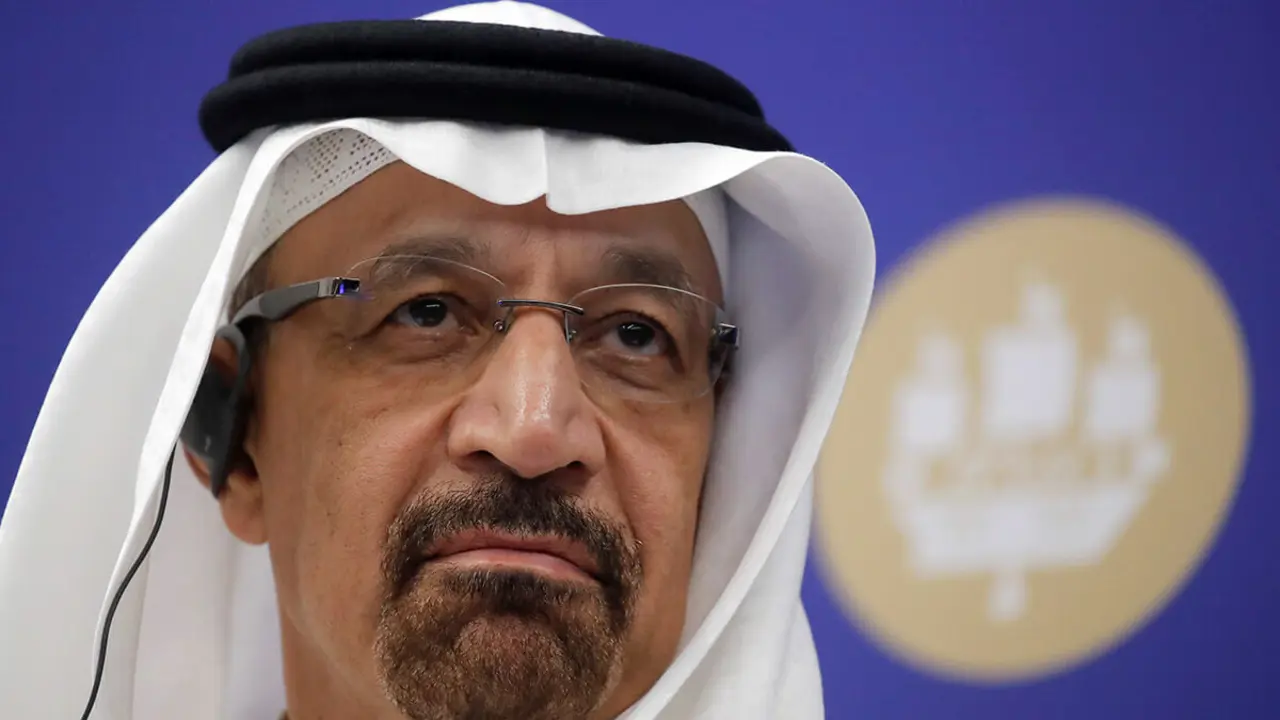Rabat-Nuakchott: the silent revolution

The Moroccan-Mauritanian High Joint Commission, to be held in March 2025 in Nouakchott, is already shaping up to be one of the major diplomatic events of the year for Atlantic Africa. Beyond the agreements to be signed, this summit between King Mohammed VI and President Mohammed Ould Ghazouani will mark the culmination of a profound transformation of relations between the two countries. A quiet revolution is underway, redrawing the geopolitical contours of the region.
This diplomatic maturation is rooted in a series of discrete but significant developments that have been underway since the early 2020s. The pragmatism of the two leaders, combined with a shared strategic vision, has made it possible to overcome historical reluctance to build a unique partnership. The simultaneous presence of the two heads of state in the UAE at the end of December 2024 illustrates this new proximity.
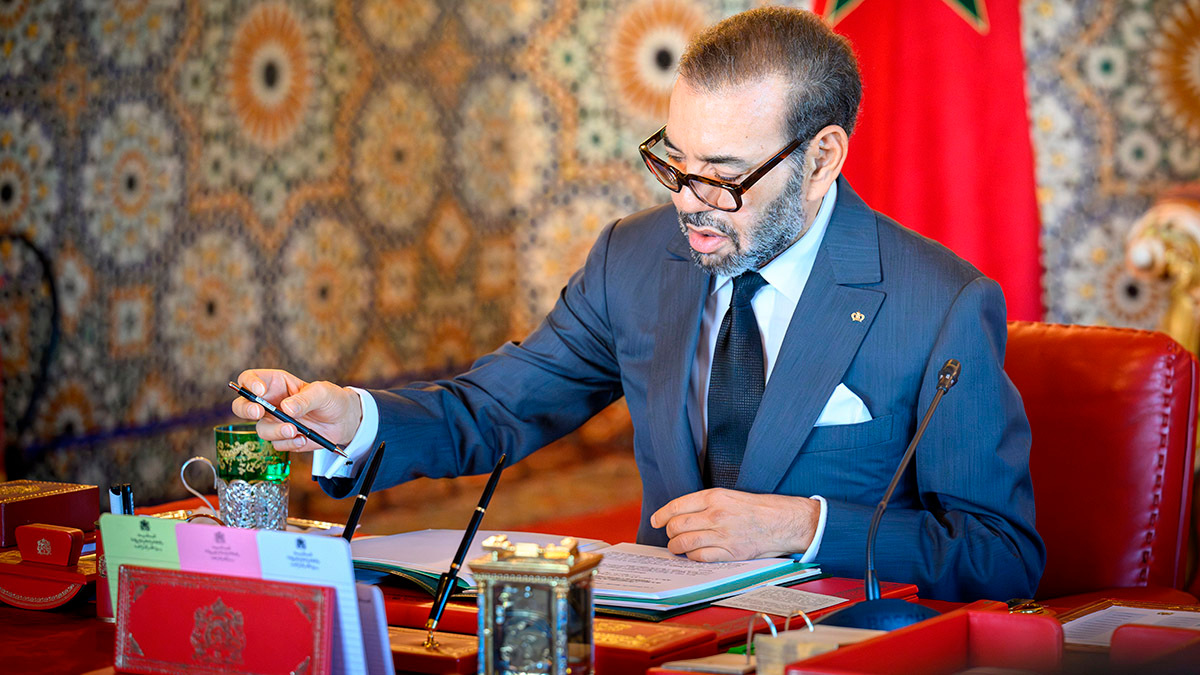
Thus, the year 2025 opens with a promise: that of greater cooperation between two nations that, once distant, are discovering the extent of their complementarities. This convergence is expressed first and foremost in the energy sector, where the Africa-Atlantic Gas Pipeline (AAGP) megaproject linking Nigeria to Morocco via Mauritania crystallises common ambitions. This structuring project, combined with renewable energy initiatives, is drawing the contours of a true West African energy backbone.
Morocco's strategic vision of offering access to the Atlantic to the Sahel countries finds in Mauritania a key partner. This real initiative, which is transforming the economic geography of the region, is based on Moroccan logistical expertise and Mauritania's strategic position. It opens up new development prospects for countries such as Mali, Burkina Faso and Niger, while strengthening the role of the Moroccan-Mauritanian border junction.

Fisheries, a vital sector for both economies, is a particular focus. The agreements under preparation aim to go beyond the simple management of fishing rights to create a real integration of the sectors, from catching to processing. Moroccan expertise in seafood processing is combined here with the exceptional fishing wealth of Mauritanian waters.
The infrastructure component is another important pillar of this rapprochement. The modernisation of cross-border roads, together with the development of common logistics platforms, is shaping the contours of an innovative economic corridor. This reinforced territorial network responds to both economic imperatives and security challenges shared by the two states.
Training is at the heart of this new partnership. Academic exchange programmes are multiplying, while joint centres of excellence are emerging in strategic areas such as Saharan agriculture, water resource management and renewable energy. This circulation of knowledge and expertise lays the foundations for sustainable and shared development.
The security dimension is at the heart of this silent revolution. Faced with the challenges of the Sahel, Rabat and Nouakchott are developing coordinated approaches, combining traditional military responses and socio-economic development programmes. This comprehensive strategy, which integrates security and development, is gradually contributing to the stabilisation of the entire Sahel and Sahara sub-region.
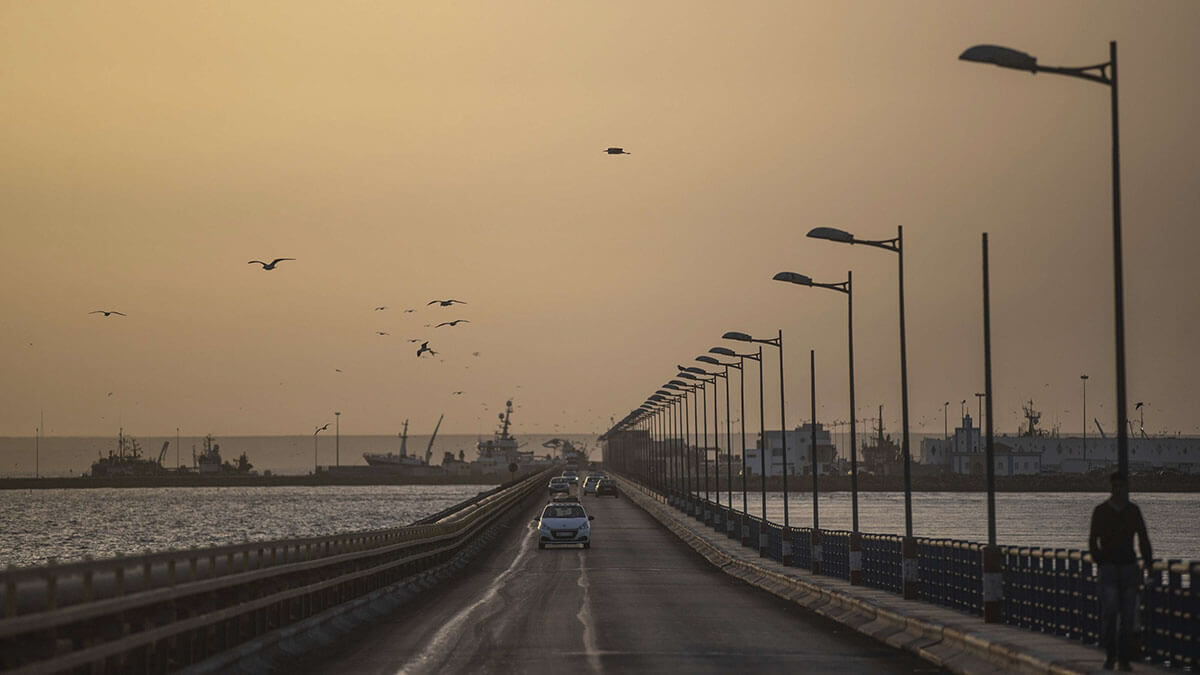
The strengthening of Moroccan-Mauritanian security cooperation is already yielding tangible results. Security service coordination, intelligence sharing and joint operations are creating a zone of stability that extends beyond the borders of the two countries. This holistic approach to security, combining military vigilance and economic development, is becoming a model for the region.
The implications of this approach go far beyond the bilateral framework. By consolidating their partnership, Morocco and Mauritania are creating an essential pole of stability for the entire Sahel-Saharan region. This alliance strengthens their common position in the face of security challenges, while increasing their attractiveness to international investors.
Europe is watching with interest this development, which could help stabilise its southern border. The United States, in its Atlantic pivot strategy towards Africa, finds in this Rabat-Nuakchot axis a reliable partner. As for China, it sees this rapprochement as an opportunity to extend its influence along Africa's Atlantic coast.
The joint commission of March 2025 should give a decisive impetus to this dynamic. The agreements under preparation cover an exceptionally broad spectrum: from sustainable development to water management and security. This diversity is a testament to the transformative ambition of the partnership.

More than just a diplomatic alliance, it is a new model of South-South cooperation that is taking shape. A model based on the complementarity of resources, the sharing of experiences and a common vision of regional development. The quiet revolution between Rabat and Nouakchott is becoming a catalyst for regional integration and stability in the Sahel.
Many challenges remain. The success of this partnership will depend on the ability of the two countries to maintain the current momentum, implement ambitious projects and manage the growing expectations of their populations. But the personal commitment of the two heads of state, combined with the mobilisation of economic actors and civil society, augurs well for the future.
The year 2025 is thus shaping up to be a historic turning point in Moroccan-Mauritanian relations. Beyond the agreements to be signed, a shared vision of regional development is taking shape. A vision in which cooperation replaces competition, in which complementarity prevails over rivalries. The quiet revolution underway between Rabat and Nouakchott is becoming the basis for a new era of prosperity and stability for the entire Sahel-Saharan region.

